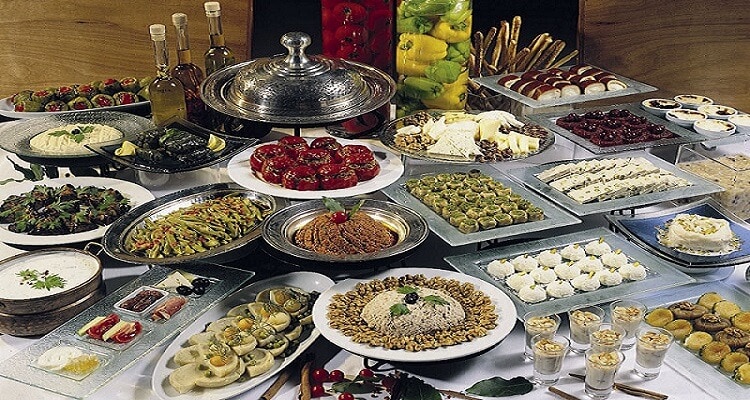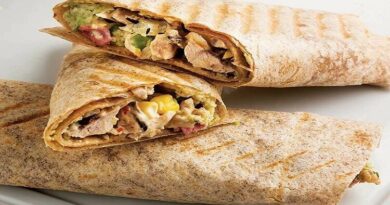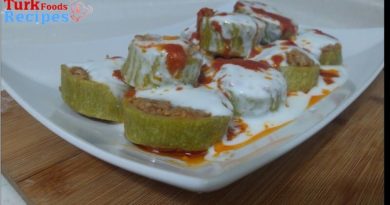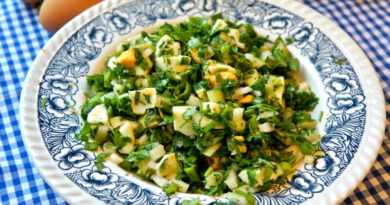Turkish Foods Culture – Are you curious?
Contents
Turkish Culinary Culture ( Turkish Foods Culture )
The richness of the variety in Turkish cuisine & Turkish Foods Culture depends on many factors. In short, the diversity in the products offered by the Central Asian and Anatolian lands, the interaction with many different cultures over a long historical process, the new tastes developed in the palaces of the Empires such as the Seljuks and Ottomans, played a role in gaining the new structure of our culinary culture.
Turkish cuisine, as well as the variety of varieties and in terms of suitability to taste as well as many types of food and food and healthy and balanced diet and vegetarian cuisine can be the source of examples.
General Characteristics of Turkish Culinary Culture
Turkish cuisine; It is one of the most developed cuisines in the world due to the fact that the Turks kept the spice path under control for many years. Spices not only make meat long, but also require it to be seasoned. In the Turks who had suitable and fertile lands for agriculture, due to ranching and animal husbandry; there is a variety of both vegetable and meat dishes.
The characteristics of the Turkish cuisine culture, the settlements in Asia and the interactions with the societies on the migration routes during the migrations and the agricultural economic structure affected the Turkish food. Depending on the socio-economic level of families, a differentiation is often seen in meals. In terms of food types, other cultures are affected and influenced by them.
The Impact of Hunting, Agricultural Structure and Migration Culture
Plants were not important in the food of the majority in Turkish tribes. The main food of the ancient Turks was sheep and dairy products. Among them, especially kizum (fermented mare milk), with 2-6% alcohol, although not very nutritious, has a refreshing and fasting properties. We provided a very high calorie per liter (450 calories), which provided one-sided feeding with oil. In the agricultural economic structure, especially cereals constitute the majority of Turkish foods. Haricot beans, or chickpeas, bulgur pilaf and an onion were the symbols of Turkish food. These are the most popular food especially in rural areas. When we eat at the restaurants on the Anatolian roads, we hear the waiters’ voices mostly in the form of a “dry”. Regardless of how much it is eaten in military service, no matter how much jokes to jokes, dry beans are still an indispensable Turkish meal.
Ottoman Palace Cuisine
Once upon a time, Turkish tribes flowing from Asia to Anatolia carried this rich culture in the Far East to these lands, which were fermented by ancient civilizations, with great mastery and along the way, enriching the materials they bought from every country they passed. During this movement, of course, they would give the culinary culture the necessary place.
Feed the hungry, clothe the naked, do the destroyed, the small people, such as the immigration groups who set out with sacred counsel, the duties of the new homeland was thus informed.
The Ottoman culture that developed in Anatolia and Rumelia years later and the kitchen and food ceremonies which constitute an important part of this culture were formed, developed and became famous with the historical accumulation of Asian Turks.
Food & Beverages
Turkish cuisine & Turkish Foods Culture prepared at certain times, food and beverage types; it is known that the preparation loaded with symbolic meanings has a structure that requires more time and effort than everyday dishes. Certain times specific dishes are prepared with the help of the so-called imece.
Engagement, weddings, circumcision, death, religious holidays, seasonal holidays, the month of Ramadan, such as the different meanings of daily life is loaded with different food and food; It is observed that the tables are prepared more carefully and with plenty of variety. We can illustrate the birth, wedding and death meals that have a unique structure in this regard:
Relatives, neighbors and acquaintances who come to visit the woman who gives birth bring various foods and foods such as milk, yogurt, eggs, soup as well as various gifts. In the oğ Maternity house konuk guests are offered maternity sherbet, milk, sweets and biscuits. The pregnant woman is fed milk and milk foods, onions, bulgur, lentils, sherbet, sweets, etc. with the belief that her milk will increase; chickpeas, beans and some fruits cannot be fed and considered cold water.
In addition to meat, wedding meals include rice, a vegetable dish depending on the season, beans or chickpeas, compote. Wedding tables with noodle and yoghurt soups as soup; keskek, rice and meat dishes are common in almost every region. There are halva, zerde, rice pudding or baklava as dessert at wedding tables.
Funerary dishes include rice and vegetable dishes as well as a variety of dishes. In some regions, the food provided to the people who prepare the grave is called “digging rattles”. Although the funeral home varies by region, neighbors and acquaintances bring food for 3 or 7 days, and no food is cooked in the dead house. Making the halvah on the day the dead leaves the house; On the 3rd, 7th, 40th and 52nd days, the tradition of offering a meal or food by teaching the mevlit continues.
Kitchen, Pantry and Tableware
Table cloths (dest-i hunlar), one of the leading tools of our traditional culinary culture, were laid in the middle of the room, and a tablecloth and tableware were placed inside the cini and small floor mats were placed around the table cloth. Sometimes a small wooden table with a height of 20 – 30 cm was placed on the table cloth and sini was placed on it to form a table. Table cloths were replaced with table cloths made of nylon.
The cellar is a part of the house that houses the 7 – 8 months old farmhouse. Bulgur, pilaf and meatball bulgur, soup bulgurlik bulgur (myself), lentils, beans lovik and chickpeas, mouth covered with white and embroidered cloths, red earthenware made of large jars or honeycombs; flours, molasses, honeys, cheeses, tomato paste, pickles; oils, roasting, ground beef, tarhanas in cubes; things such as noodles, noodles, large cane baskets, vats for brine and vinegars; Onion, garlic, vegetable and fruit dry pole hangers, bottles for mayi, fruit to store the sand in the cellar hanging from the ceiling on the bread swing tandoor breads were found.
Until recently, in cities, the kitchen and pantry were intertwined, as well as separately. In most of the village and town houses, kitchen and pantry unity continues.
Food types
The dishes made in traditional Turkish cuisine are first seen in the cookbook published in 1844 under the name Melceü’t-tabb’hin. Mehmet K’mil, one of the Mekteb-i Tıbbiye-i Şahane teachers, prepared this cookbook in twelve chapters.
- Soups
- Kebabs
- Stews
- Pans
- Pastries
- Pastry sweets
- Milky desserts
- Pressed
- Stuffed with olive oil and oil
- Rice
- Companions
- Sweets and drinks to be eaten before coffee.
If you curious Turkish Foods Culture, you can follow Easy Turkish Recipes from Turkish Foods Recipes, you can easily make delicious Turkish Recipes.
Waiting for your comments 🙂
Thank you to everyone!



